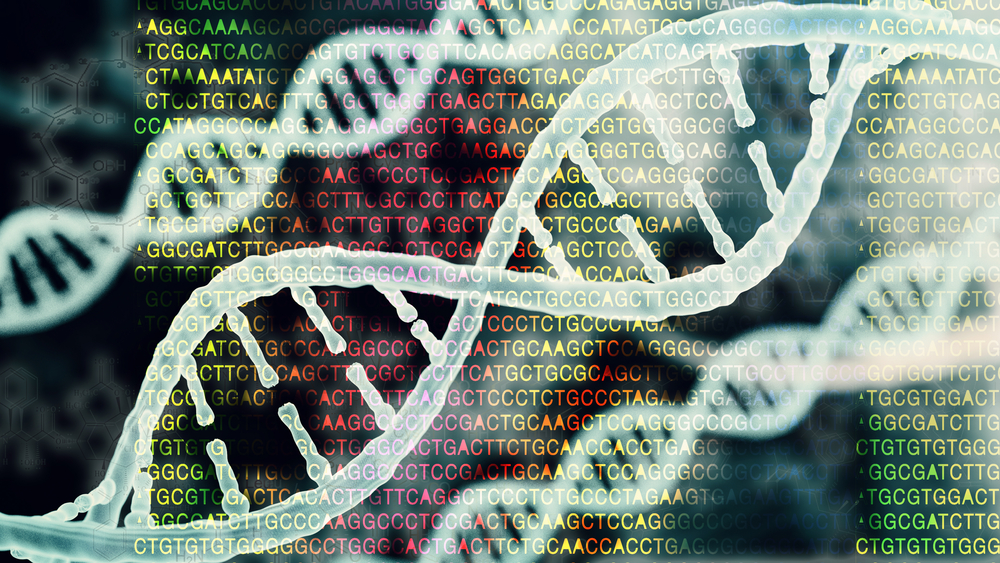Blood Tests Could One Day Help Predict Spastic Cerebral Palsy, Study Suggests

DNA modifications in circulating blood cells could be used one day as a test to distinguish patients with spastic cerebral palsy from healthy individuals with an accuracy of 73 percent, new research shows.
The study, “Epigenetic machine learning: utilizing DNA methylation patterns to predict spastic cerebral palsy,” was published in BMC Bioinformatics.
Spastic cerebral palsy is the most common type of the disease, characterized by joint stiffness, spasms, and muscle tightness that restricts movement and affects a child’s posture.
Although most children (85-90 percent) are born with the condition, early diagnosis is challenging, and no current biomarkers exist to readily identify affected individuals.
Often, a precise diagnosis isn’t made until at least the age of 2, when a child fails to reach motor milestones. This means that fewer children benefit from early intervention in which they are closely monitored.
Researchers at Nemours, the University of Delaware, and Genome Profiling investigated the potential of DNA methylation patterns — which are specific modifications of the DNA’s structure that affect the way genetic information is translated — as biomarkers for spastic cerebral palsy.
Using a technique to decode DNA called next-generation sequencing (NGS), scientists analyzed blood samples from children and adolescents between the ages of 9 and 19 to see if they could spot differences in DNA methylation patterns between people with spastic cerebral palsy and those with a diagnosis unrelated to cerebral palsy.
NGS allows scientists to decode DNA faster and more cheaply than commonly used sequencing methods. NGS takes advantage of sophisticated machine learning and enables researchers to decode millions of DNA fragments at a time.
A set of methylation biomarkers were identified that differed between children with spastic cerebral palsy and controls.
Using samples from younger children between the ages of 2 and 5, the team was able not only to validate their previous findings but also to predict with an accuracy of 73 percent whether these children had spastic cerebral palsy.
“This blood test could be a game changer. The earlier the diagnosis, the earlier we can direct therapies at the child. Specifically, high intensity physical therapy and possibly early surgery to prevent more significant problems in the future, and hopefully improve overall function and quality of life,” M. Wade Shrader, MD, head of the Cerebral Palsy Center at Nemours/Alfred I. duPont Hospital for Children, said in a news release.
Although the results are promising, researchers noted that their findings are restricted to individuals spanning from early childhood to teenage years. Performing the same kind of analysis on different age groups, including teenagers, toddlers, and infants from birth to 2 years old also is important to understand how these methylation markers change with age.
“We’re now working toward a goal of eventually forming a clinical diagnostic test and applying it to a broad population,” said Robert Akins, PhD, the project’s principal investigator and director of the Center for Pediatric Clinical Research and Development at Nemours/Alfred I. duPont Hospital for Children. “Many issues will need to be addressed, but we predict routine screening for CP in the near (less than ten years) future,” he added.


